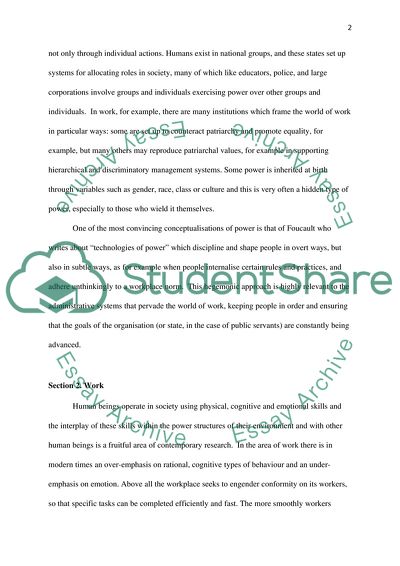Cite this document
(Sociology of the Emotions and Work Essay Example | Topics and Well Written Essays - 3000 words - 1, n.d.)
Sociology of the Emotions and Work Essay Example | Topics and Well Written Essays - 3000 words - 1. Retrieved from https://studentshare.org/sociology/1751431-compare-two-modules
Sociology of the Emotions and Work Essay Example | Topics and Well Written Essays - 3000 words - 1. Retrieved from https://studentshare.org/sociology/1751431-compare-two-modules
(Sociology of the Emotions and Work Essay Example | Topics and Well Written Essays - 3000 Words - 1)
Sociology of the Emotions and Work Essay Example | Topics and Well Written Essays - 3000 Words - 1. https://studentshare.org/sociology/1751431-compare-two-modules.
Sociology of the Emotions and Work Essay Example | Topics and Well Written Essays - 3000 Words - 1. https://studentshare.org/sociology/1751431-compare-two-modules.
“Sociology of the Emotions and Work Essay Example | Topics and Well Written Essays - 3000 Words - 1”, n.d. https://studentshare.org/sociology/1751431-compare-two-modules.


